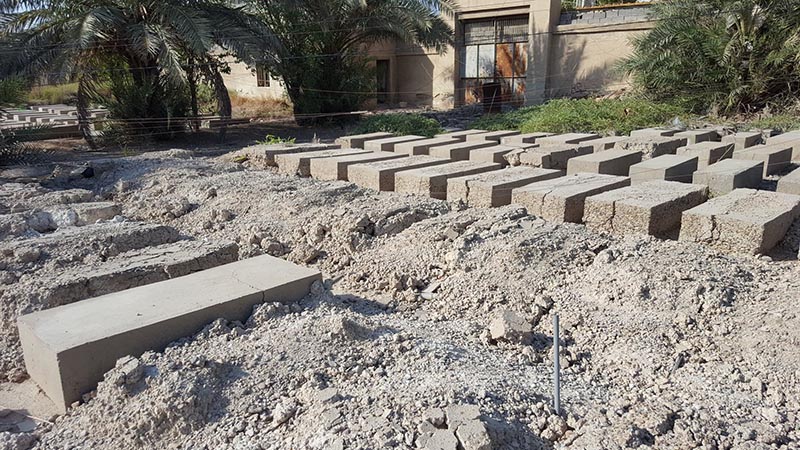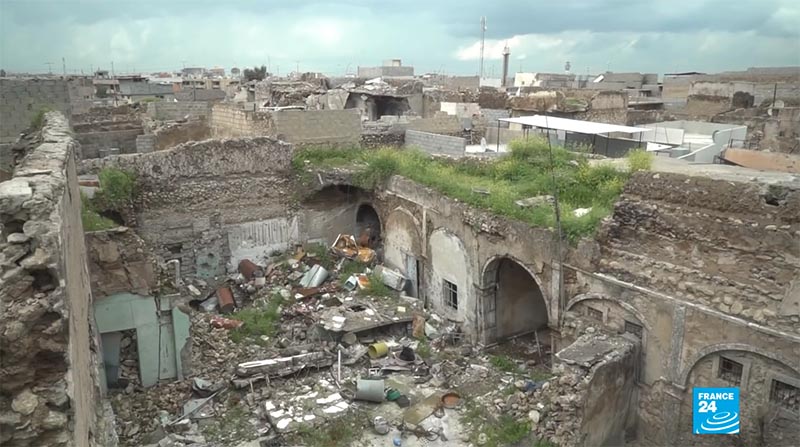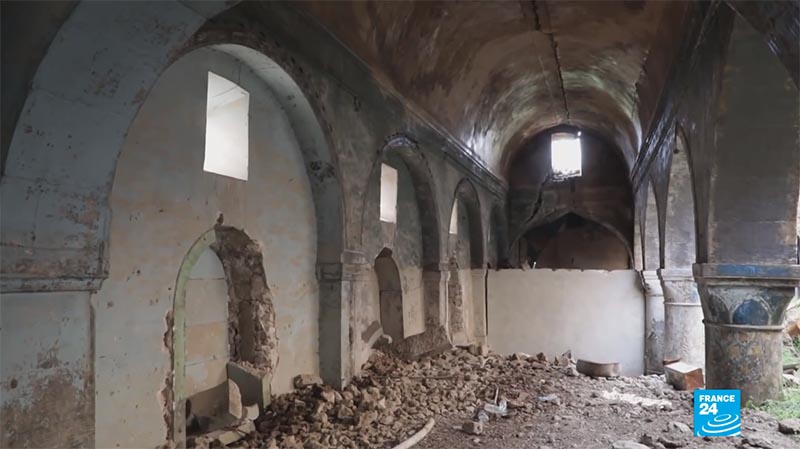


The Jewish Cultural Heritage Initiative Completes Initial Assessment of Jewish Heritage in Iraq and Syria
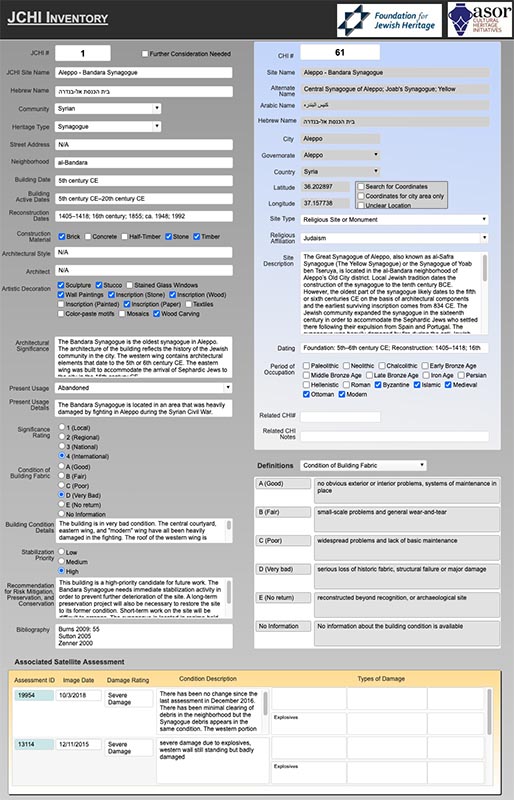
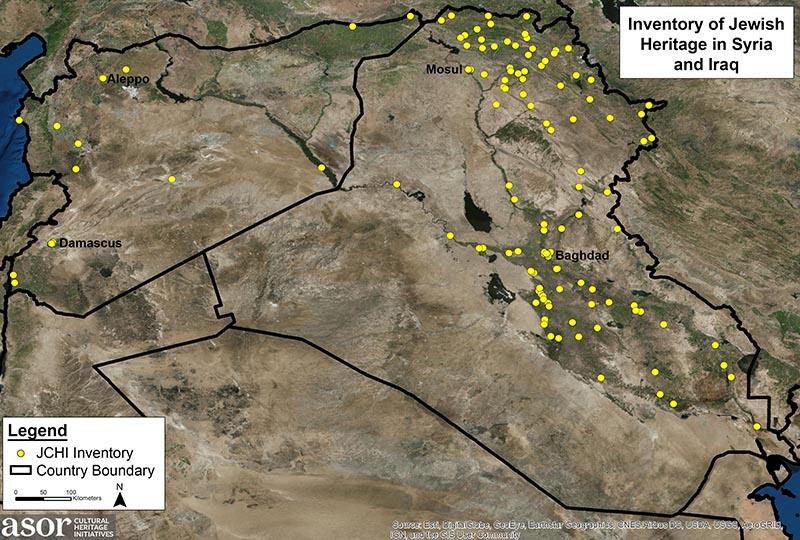
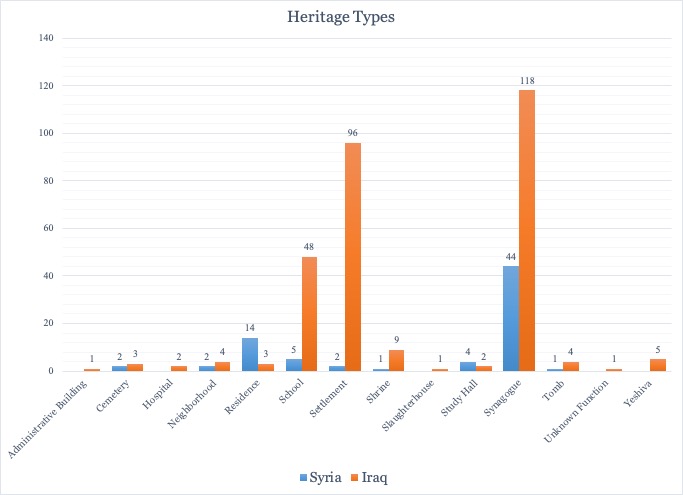
- Meir Tweig Synagogue in Baghdad
- Al-Habibiyah Jewish Cemetery in Baghdad
- Sasson Synagogue in Mosul
- Shrine of the Prophet Nahum in al-Qosh
Two of these sites—Meir Tweig Synagogue and the Al-Habibiyah Jewish Cemetery—are the last “living” Jewish heritage in Iraq. Built in the early 1940s, Meir Tweig Synagogue is one of the last synagogues constructed in Iraq before the majority of the Iraqi Jewish community emigrated in the early 1950s. As the community continued to dwindle in the following decades, Meir Tweig became the sole synagogue for the entire Iraqi Jewish community. Similarly, the Al-Habibiyah Jewish Cemetery was founded in the early 20th century and subsequently became the main burial ground for the Jewish community. The cemetery contains many Iraqi Jewish notables and remains active to the present day.
